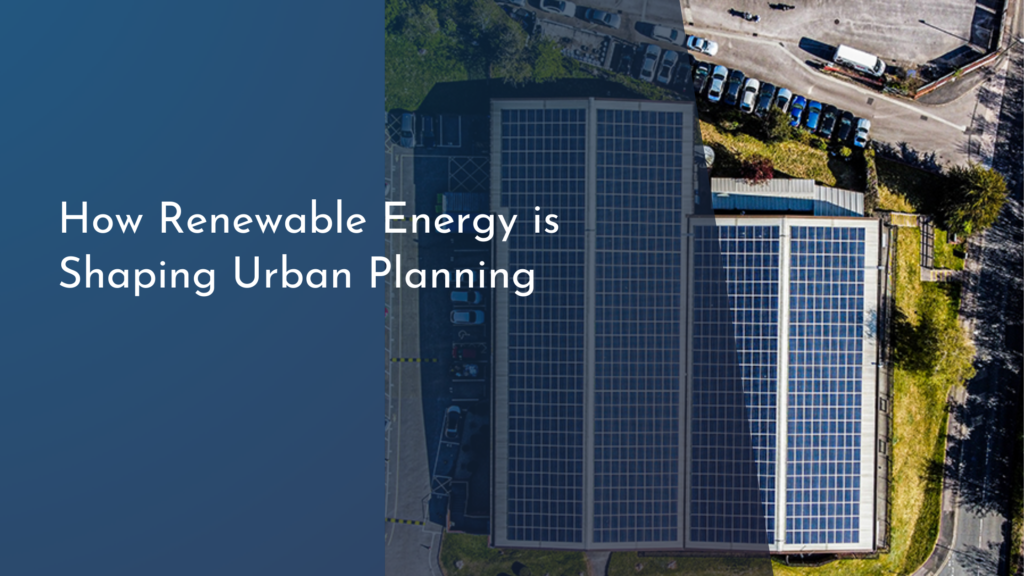Green Infrastructure and Renewable Energy Integration
As the world grapples with the effects of climate change, green infrastructure and renewable energy integration have emerged as crucial components in the quest for a sustainable future. These strategies not only aim to reduce the carbon footprint but also enhance the resilience of urban and rural environments. By understanding the basics of green infrastructure and exploring innovative renewable energy solutions, we can appreciate the manifold benefits these technologies offer and look forward to a brighter, more sustainable future.
Understanding Green Infrastructure Basics
Green infrastructure refers to a network of natural and semi-natural systems that provide environmental, economic, and social benefits. This concept includes parks, urban forests, green roofs, and permeable pavements, among others, all designed to manage water, reduce urban heat, and improve air quality. By mimicking the natural environment, green infrastructure enhances biodiversity, mitigates flooding, and creates more pleasant urban spaces. A well-designed green infrastructure system can transform cities into vibrant, ecological havens that promote the well-being of residents and wildlife alike.
Moreover, green infrastructure supports urban resilience by adapting to climate-related challenges. As cities experience increased pressures from extreme weather events, green infrastructure offers a sustainable solution to manage stormwater, reduce heat islands, and improve urban cooling. By investing in such systems, cities can not only reduce their environmental impact but also enhance their capacity to withstand and recover from climate-related stresses. This approach represents a paradigm shift from traditional gray infrastructure, emphasizing the importance of nature-based solutions in urban planning.
Innovative Renewable Energy Solutions
Renewable energy solutions have made significant strides in recent years, offering a multitude of innovative options to power homes, businesses, and communities. Solar energy, harnessed through photovoltaic panels, has become a popular choice due to its decreasing costs and ease of installation. Wind energy, captured by turbines, continues to grow in significance, providing a reliable source of clean power for many regions worldwide. Innovations such as floating solar farms and offshore wind farms further demonstrate the adaptability and potential of renewable technologies.
In addition to solar and wind, other renewable sources like geothermal and biomass energy are being integrated into modern energy systems. Geothermal power taps into the Earth’s internal heat, offering a steady and reliable energy source, while biomass energy utilizes organic materials to generate electricity and heat. These technologies not only contribute to reducing carbon emissions but also promote energy independence and create new economic opportunities through job creation and technological advancement. By diversifying the renewable energy portfolio, communities can ensure a stable and sustainable energy future.
Benefits of Integrating Green Technologies
The integration of green infrastructure and renewable energy technologies brings numerous benefits, ranging from environmental to economic and social improvements. Environmentally, these technologies significantly reduce greenhouse gas emissions, improve air and water quality, and promote biodiversity. By replacing fossil fuels with renewable sources, communities can decrease their carbon footprint and contribute to global efforts to combat climate change, fostering a healthier planet for future generations.
Economically, the transition to green technologies presents opportunities for growth and job creation. As the demand for renewable energy solutions increases, so does the need for skilled workers in manufacturing, installation, and maintenance. Furthermore, green infrastructure projects often lead to increased property values and reduced energy costs, providing financial benefits to homeowners and businesses. Socially, these technologies enhance quality of life by creating greener, more livable spaces, improving public health, and fostering community engagement in sustainability initiatives.
A Bright Future: Embracing Sustainable Growth
The future of sustainable growth lies in our ability to embrace and integrate green infrastructure and renewable energy solutions. By adopting these technologies, communities can transition toward a low-carbon economy, reducing their dependence on fossil fuels and promoting environmental stewardship. Governments, businesses, and individuals must collaborate to implement policies, invest in research and development, and raise awareness about the benefits of sustainable practices to accelerate this transition.
As we look to the future, the potential for green infrastructure and renewable energy integration is vast. Emerging technologies, such as energy storage systems and smart grids, promise to enhance the efficiency and reliability of renewable energy sources, making them even more attractive. By continuing to innovate and invest in these areas, we can create resilient, sustainable communities that thrive in harmony with the natural environment, ensuring a better quality of life for all.
In conclusion, the integration of green infrastructure and renewable energy offers a pathway to a sustainable, resilient future. By understanding the basics, exploring innovative solutions, and recognizing the benefits, we can embrace these technologies and foster a more sustainable world. The transition to cleaner, greener systems is not only essential for combating climate change but also presents tremendous opportunities for economic growth and social well-being. As we move forward, let us commit to embracing sustainable growth, ensuring a healthy and vibrant planet for generations to come.


